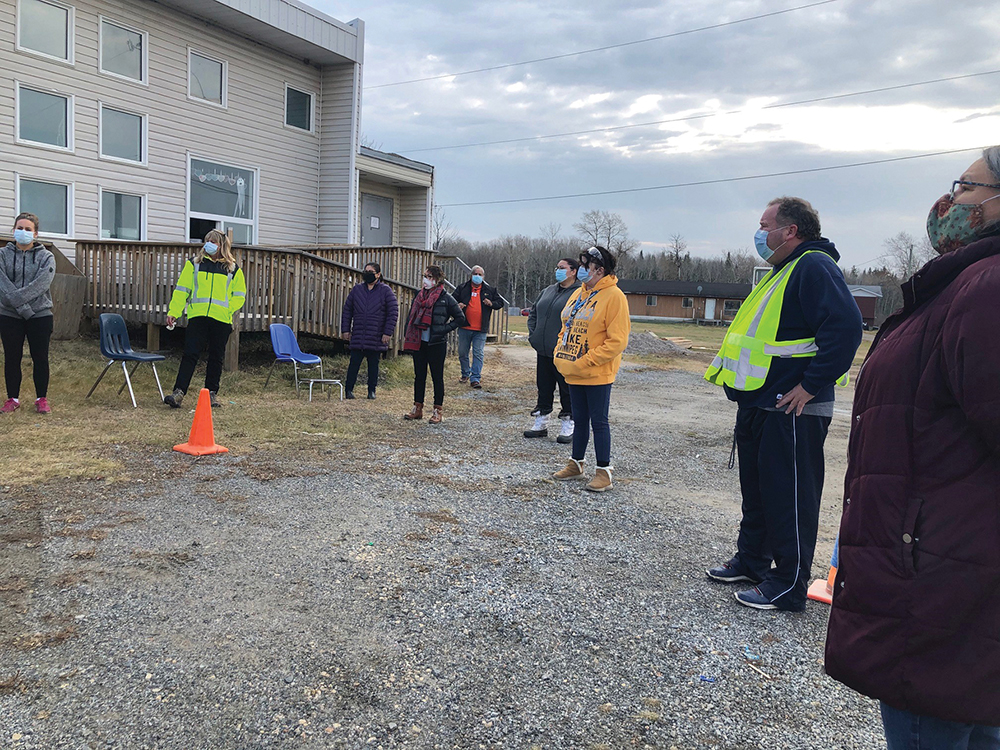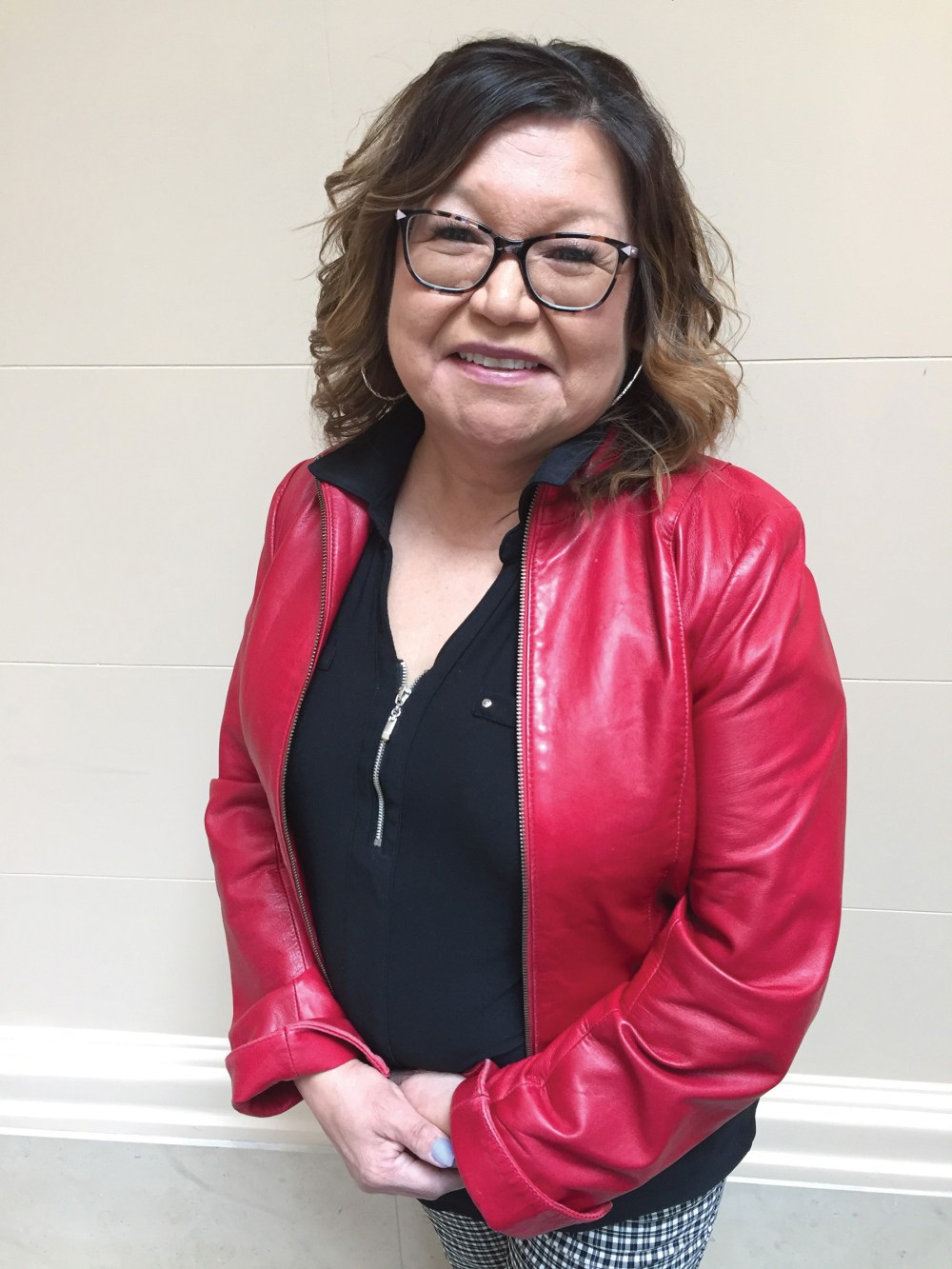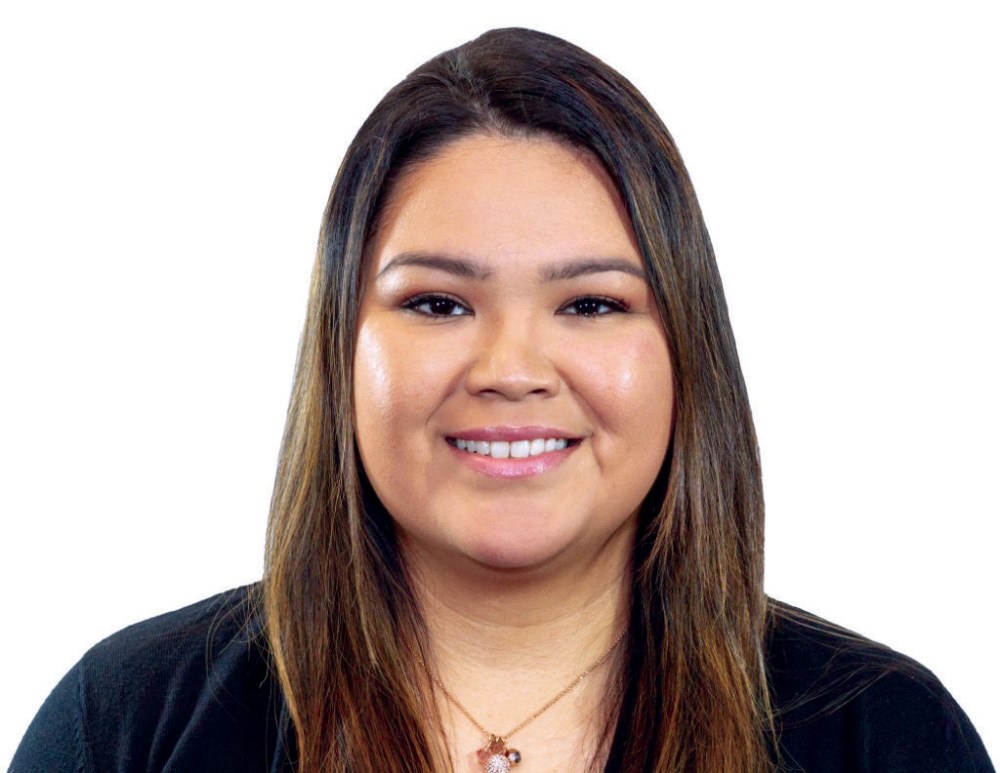Success in collaboration:
Creating healthy connections among communities
Advertisement
Read this article for free:
or
Already have an account? Log in here »
To continue reading, please subscribe:
Monthly Digital Subscription
$0 for the first 4 weeks*
- Enjoy unlimited reading on winnipegfreepress.com
- Read the E-Edition, our digital replica newspaper
- Access News Break, our award-winning app
- Play interactive puzzles
*No charge for 4 weeks then price increases to the regular rate of $19.00 plus GST every four weeks. Offer available to new and qualified returning subscribers only. Cancel any time.
Monthly Digital Subscription
$4.75/week*
- Enjoy unlimited reading on winnipegfreepress.com
- Read the E-Edition, our digital replica newspaper
- Access News Break, our award-winning app
- Play interactive puzzles
*Billed as $19 plus GST every four weeks. Cancel any time.
To continue reading, please subscribe:
Add Free Press access to your Brandon Sun subscription for only an additional
$1 for the first 4 weeks*
*Your next subscription payment will increase by $1.00 and you will be charged $16.99 plus GST for four weeks. After four weeks, your payment will increase to $23.99 plus GST every four weeks.
Read unlimited articles for free today:
or
Already have an account? Log in here »
Hey there, time traveller!
This article was published 10/07/2022 (1248 days ago), so information in it may no longer be current.

While Manitobans were encouraged to keep apart in order to contain the spread of COVID-19, health-care teams across Manitoba were coming together, joining resources and communities to support the needs and protect the health of populations at greatest risk.
In Manitoba’s Interlake-Eastern region, mobile teams from Southeast Resource Development Council Corp., Interlake Reserves Tribal Council and Interlake-Eastern Regional Health Authority worked together in partnership with individual First Nations communities to curb the spread of COVID-19.
“This experience seemed to spark a sense of solidarity amongst health-care professionals from different organizations. I believe how well– and how quickly — the teams worked together has developed better working relationships across the jurisdictions and organizations.”
The mobile teams supported COVID-19 testing and worked with First Nations community pandemic teams. Together, they were deployed 22 times over the course of a pandemic response that has spanned two years.

Cindy Garson is a health director with a nursing background for Interlake Reserves Tribal Council (IRTC), an organization that represents six First Nations communities including Dauphin River, Kinonjeoshtegon, Lake Manitoba, Little Saskatchewan, Peguis and Pinaymootang. The organization’s purpose to unify, maintain and expand the interests, lives and identity of its members formed the core of a combined response to pandemic threats in IRTC communities and beyond.
“This experience seemed to spark a sense of solidarity amongst health-care professionals from different organizations,” Garson says. “I believe how well — and how quickly — the teams worked together has developed better working relationships across the jurisdictions and organizations.”
A focus of the mobile teams was to provide support to communities managing the threat of a COVID-19 outbreak without requiring residents to leave the community in order to seek testing.
“The mobile team was a huge support for the communities as residents were able to remain in their home communities rather than travelling out to a testing site,” Garson says.
The mobile teams also offered some Interlake-Eastern RHA staff the chance to visit and work in communities where they may not have been in the past, an opportunity that Garson believes to be very valuable to future partnerships between the health region and the communities.
It’s a statement echoed by registered nurse Candace Linklater, interim director of clinical services with Southeast Resource Development Council Corp. (SERDC), an organization serving First Nations communities of Brokenhead Ojibway Nation, Black River, Hollow Water, Bloodvein, Little Grand Rapids, Pauingassi, Poplar River and Berens River. SERDC works to enhance the self-sufficiency and wellness of its member communities for current and future generations.

“Partners in the mobile response teams saw how First Nations prepare, support and protect community members,” Linklater says. “They had the opportunity to see communities from our clients’ perspectives.”
Connie Nixon, the clinical team manager of primary health for Interlake-Eastern RHA and also a registered nurse, sees the time working closely with First Nations partners in communities as enlightening.
“That time together has strengthened our working relationships. Everyone was motivated purely by the need to help and prevent transmission of illness,” Nixon says.

The experience and exposure is generating new opportunities for collaboration, including opportunities for a number of independent First Nations communities including Berens River, Sagkeeng, Lake St. Martin and Fisher River to begin working with IRTC, SERDC and Interlake-Eastern RHA in a new project focused on the health of First Nations communities.
The project, funded by Canadian Partnership Against Cancer, intends to leverage these established relationships in an effort to increase cancer screening rates in First Nations communities. Local ceremony-based events will raise awareness of this important health measure, while the partnerships strengthened through COVID-19 will be used as a foundation from which health supports for First Nations communities can grow.
“Having already experienced working together, we’ve solidified our common goals to support our communities. We can work together more quickly — and more collaboratively — now because we know we can rely on each other,” Linklater says.
“We work really well together so let’s continue it.”
Lauralou Cicierski is a communications lead with Interlake-Eastern Regional Health Authority.

